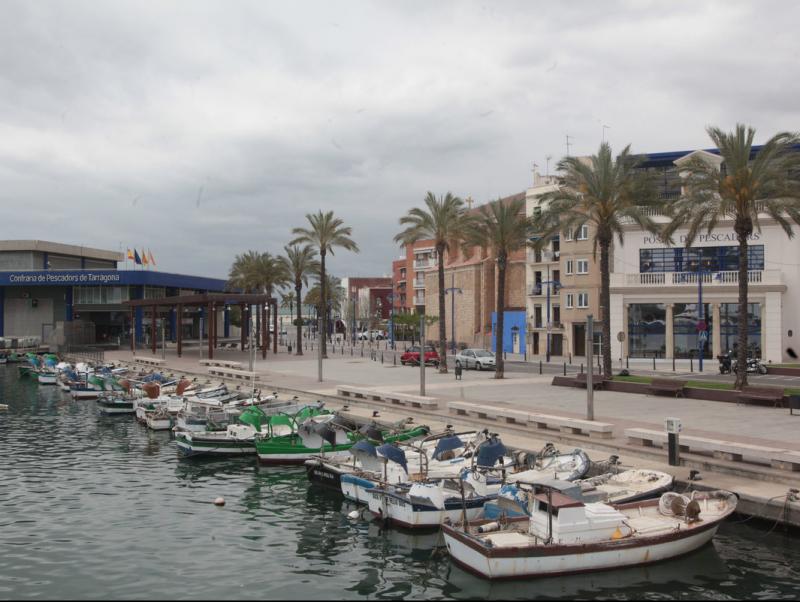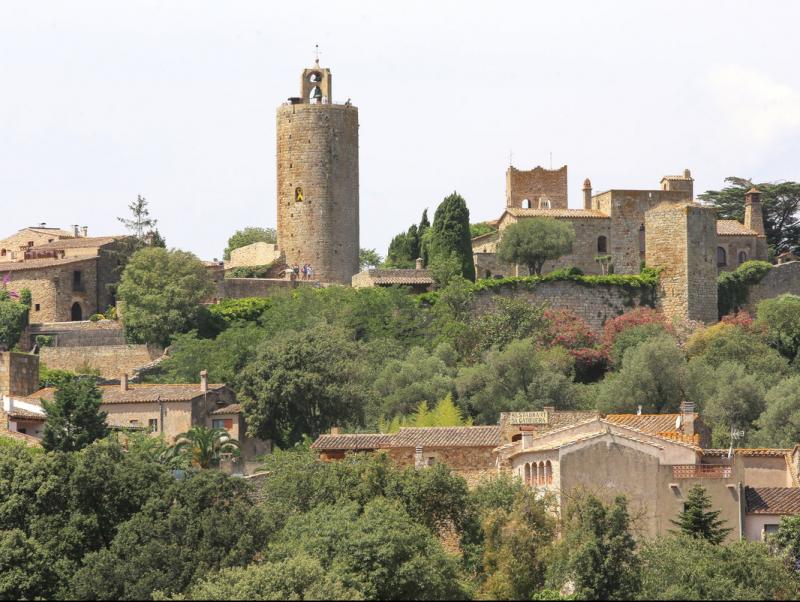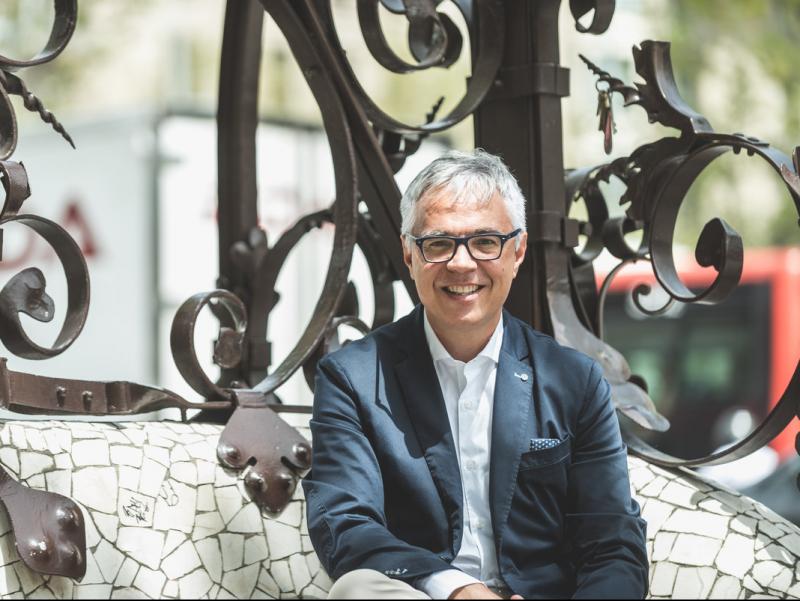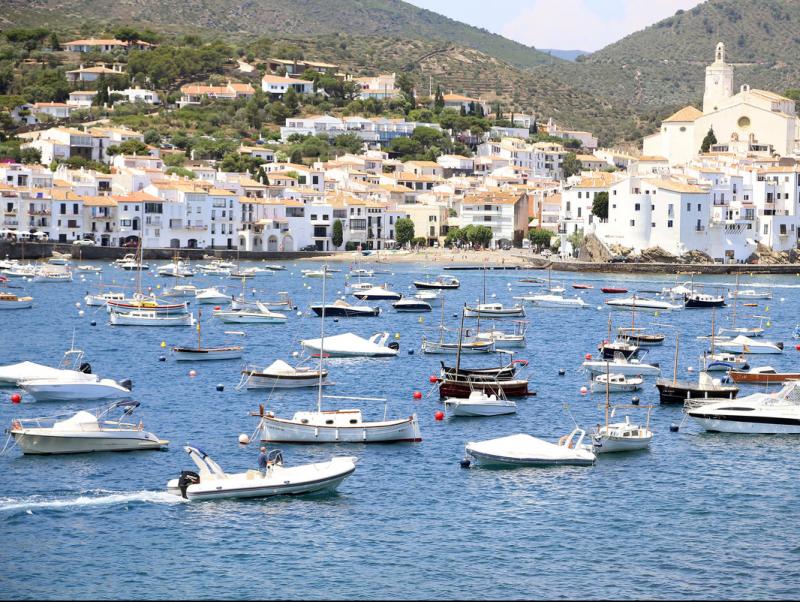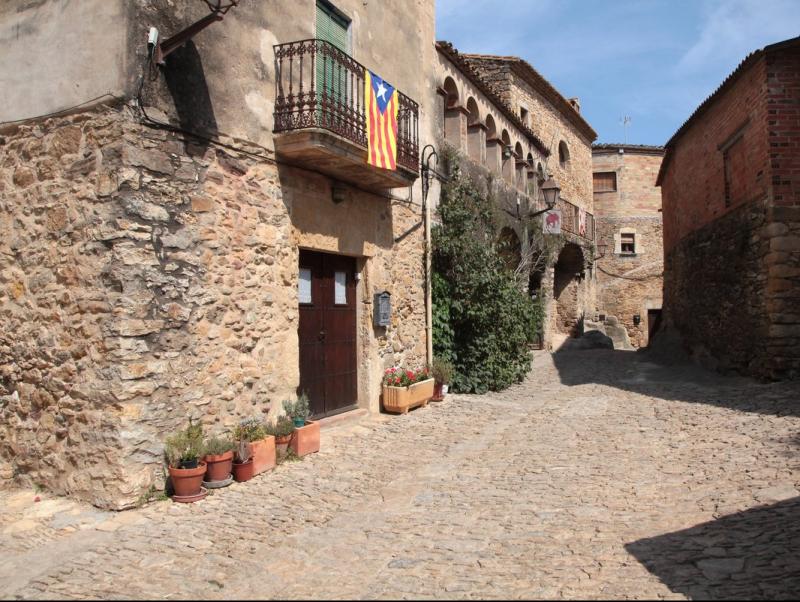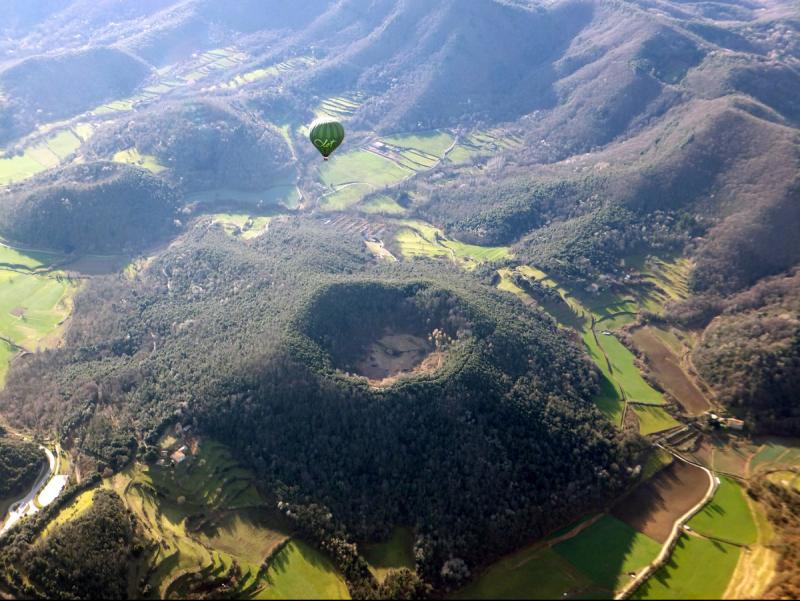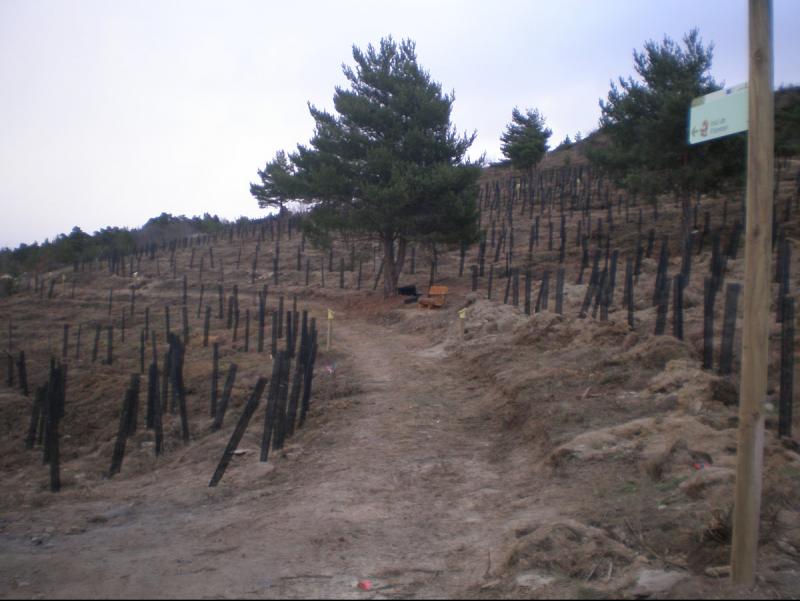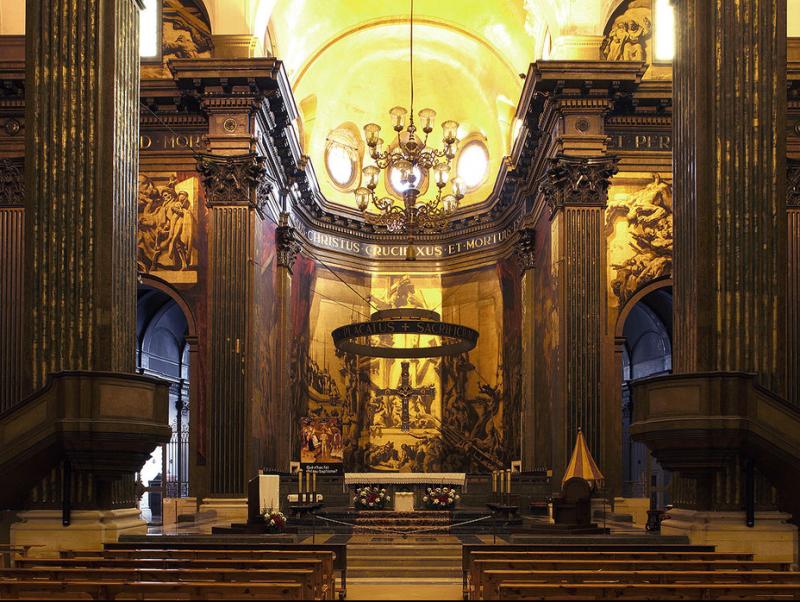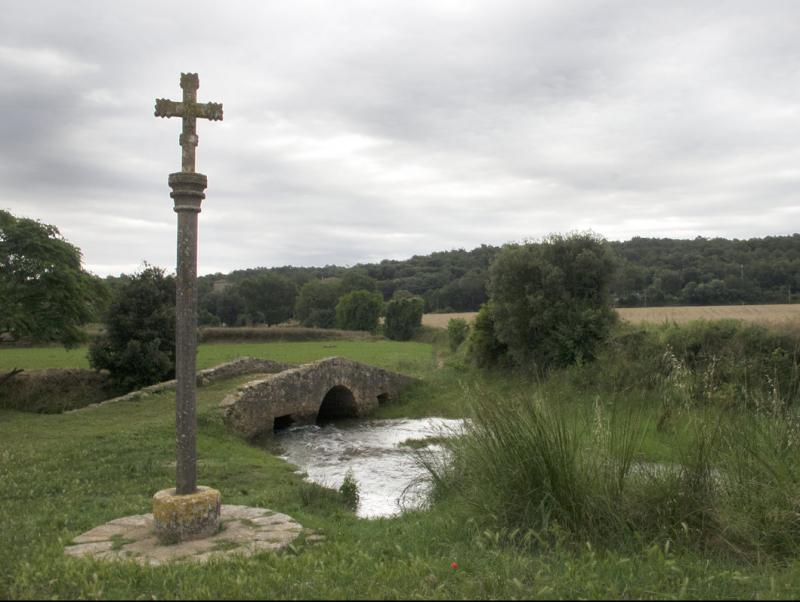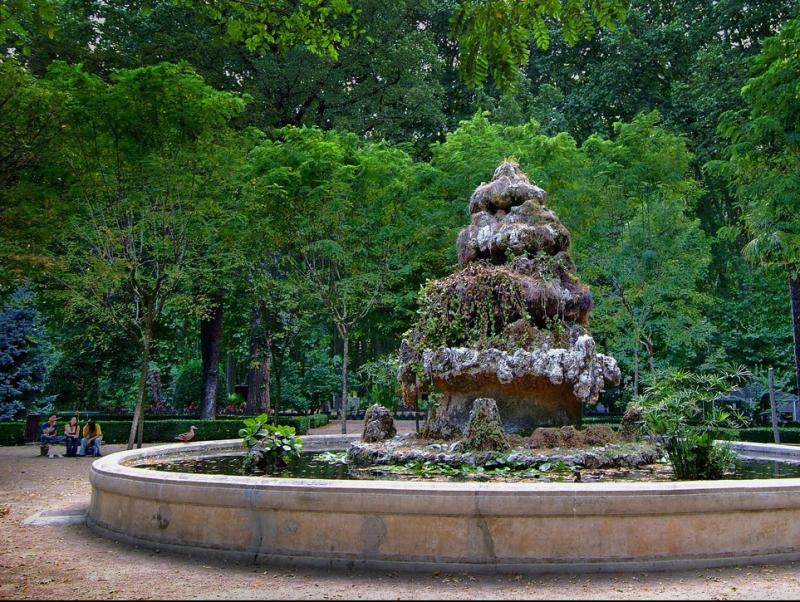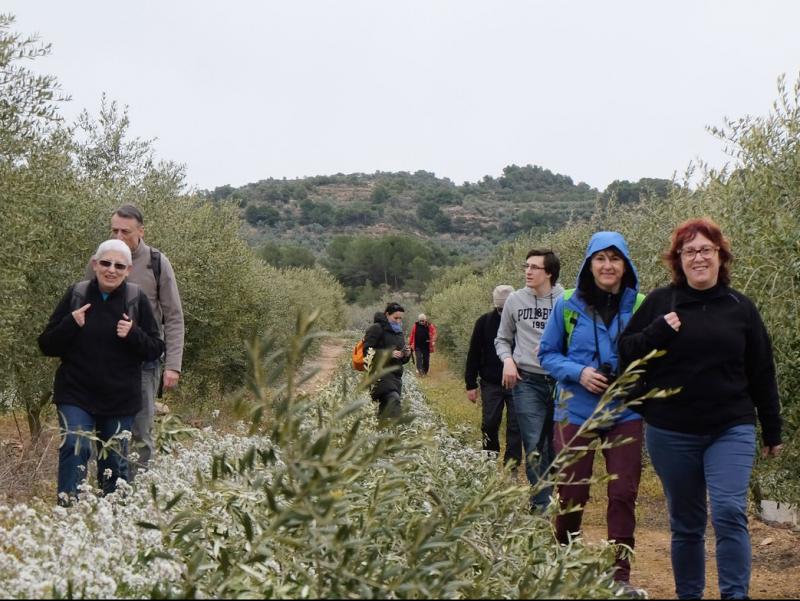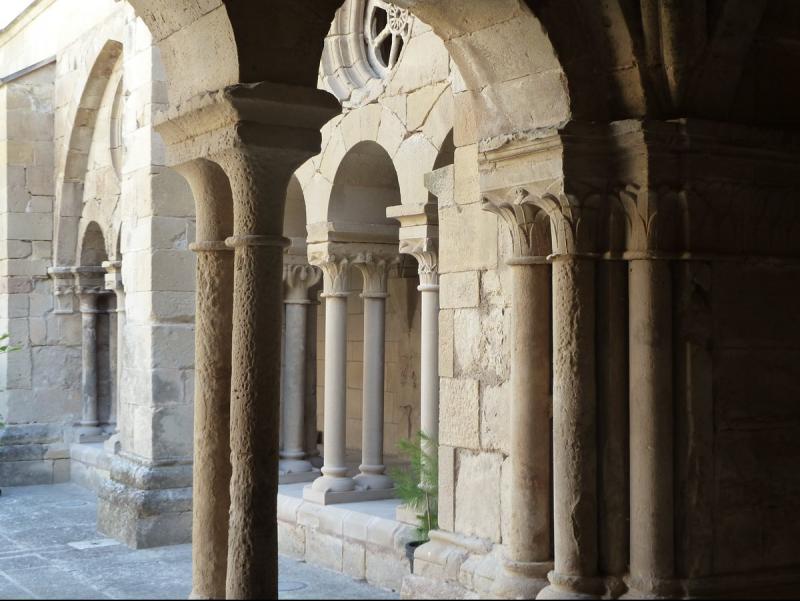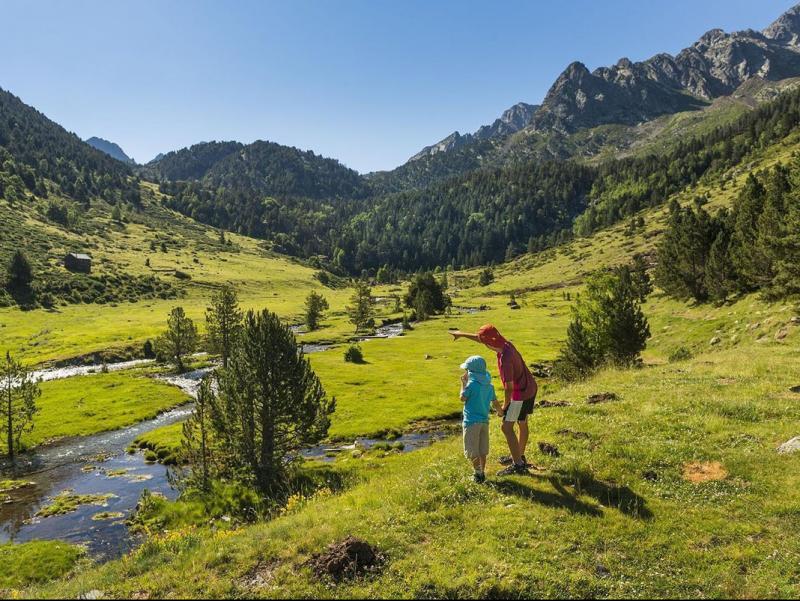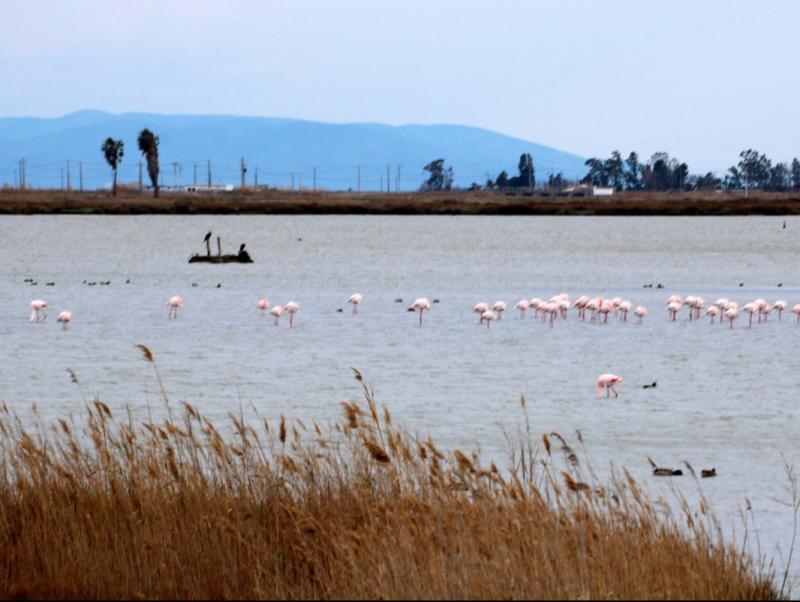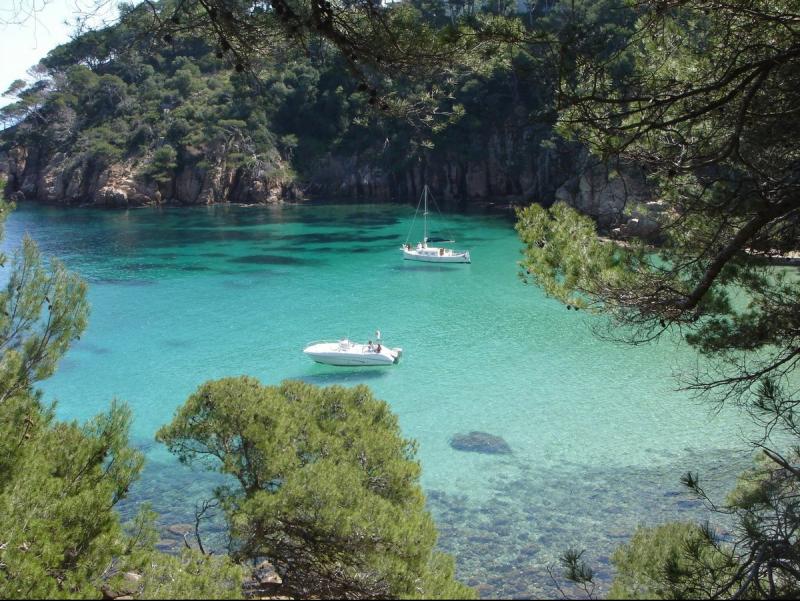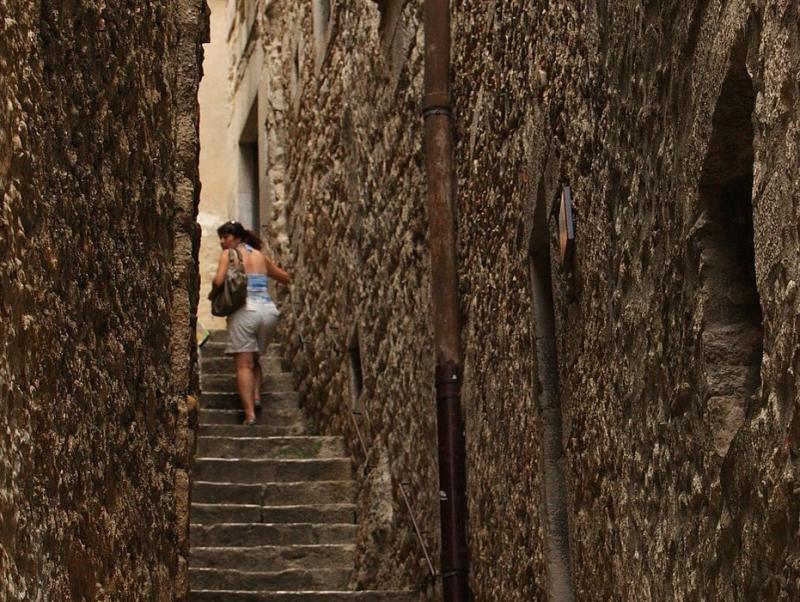From La Llana to the fortress of Sant Ferran
Carrer Magre and Plaça de la Llana are full of pavement cafés and restaurants. They mark a border between the new town and the old city that passes through the unknown Jewish quarter, which originated in the second half of the 13th century thanks to Pere d’Aragó’s promise that all Jews settling in the city would not have to pay taxes for five years. They were also given a small plot of land to cultivate. The neighbourhood, which closed at night, experienced an age of prosperity with its local butchers and bakeries. It was an isolated space, to the point that the houses facing the church had no doors or windows.
This can be the start of a route that let’s us get to know a Figueres away from the well-worn circuits passing through the centre, where museums bid for our attention with churches, traditional shops and the many franchises now taking up the space. The nucleus of the city, the most famous part of Figueres, goes from Sant Pere to the Rambla, from the Dalí Museum to the Parc Bosc. Highlights include the Gothic parish church with its Baroque façade, the eclecticism of the monuments in Plaça Gala i Salvador Dalí, whether the one dedicated to Francesc Pujols or the three to Jean Louis Ernest Meissonier, the latter the work of Antoin Mercie, Wolf Vostell’s Television Obelisk, or the Tribute to Newton conceived in the imagination of the notary’s son.
It is recommendable, fun and illustrative to visit the various museums, whether surreal, toy-based or technical, but if visitors wish to discover the heartbeat of the Empordà capital, they should look for Carrer Monturiol, which has produced the most geniuses per square metre – Dalí, Monturiol and Fages de Climent were all born there – go down to the Rambla and discover the modernist legacy, essentially the work of Josep Azemar, with houses like La Cusí, Puig Soler, Salleras, or others such as the Casa Casellas by Joan Gomà Cuevas, or the Casa Pagès – in the Noucentista style – by Josep Duran i Reinals. La Rambla is the heart of the city, and next to it is the Jardí theatre and a sculpture in homage to Josep Pla.
For those who enjoy a walk, the best route starts at the old abattoir, where the tourist office is today, and from there pass the Rambla and the Parc Bosc. Then walk up to the castle and after 15 minutes you will find yourself at the entrance to the fortress, which bears an information plate on the role Saint Ferran played in the Spanish Civil War. From here we can start the return to the fortress and enjoy a splendid view of Empordà, Garrotxa and, on clear days, Montseny.
A wealth of good food
The Empordà capital is spoilt in gastronomic terms, with not only old well-known favourites such as Motel Empordà or Can Duran, but new establishments such as Can Jordi, La Flama, Es Bistrot, La Cuineta, Bocam, Antaviana, Integral, Shanghai, El Pelegrí, Noray, Càlid café, the Japanese Xombú or the Peruvian El Limón Picante, among many others.


